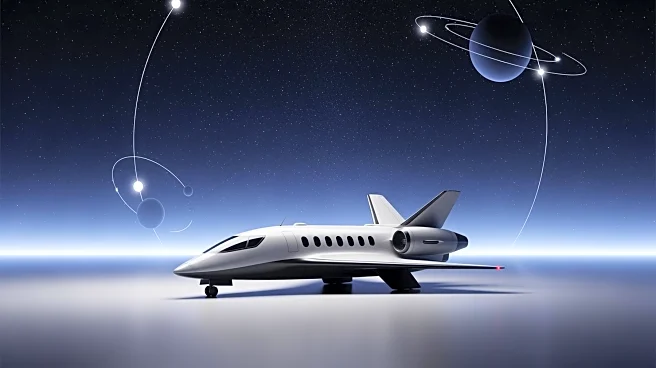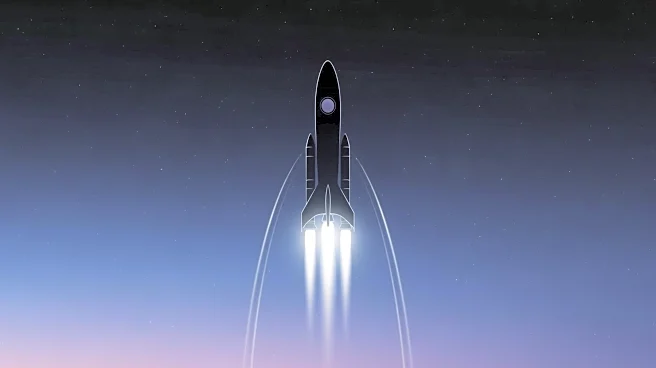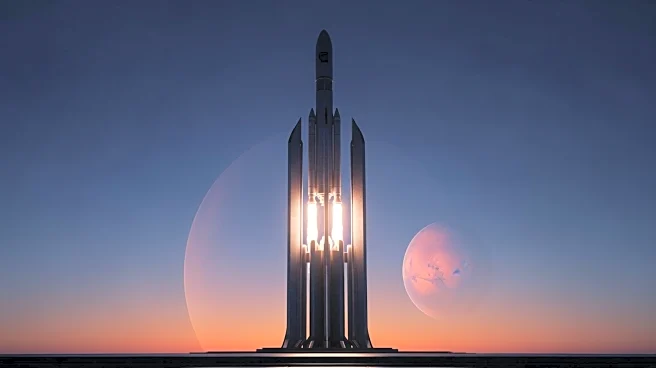What's Happening?
China is advancing its space tourism industry, aiming to make space travel more accessible and affordable. With plans for suborbital trips starting in 2027, China is leveraging its resources and lower costs to compete with American space tourism ventures.
Companies like CAS Space and Deep Blue Aerospace are leading the charge, offering innovative solutions to reduce costs and increase accessibility. These initiatives are supported by China's significant investment in space technology, with a budget of $10.3 billion annually and a workforce of 300,000, surpassing NASA's resources.
Why It's Important?
China's push into space tourism represents a significant shift in the global space industry, potentially democratizing access to space travel. By offering more affordable options, China could challenge the dominance of American companies like SpaceX, fostering competition and innovation. This development may lead to increased collaboration between government and private sectors, enhancing technological advancements and economic growth. The expansion of space tourism could also inspire new educational and career opportunities, contributing to China's position as a leader in space exploration.
What's Next?
As China continues to develop its space tourism capabilities, the industry is expected to mature by 2027, with suborbital flights becoming more common. Companies are focusing on reducing costs and improving technology to make space travel a viable option for more people. The collaboration between private companies and government entities will likely drive further advancements in satellite services and low-Earth orbit internet. This progress could pave the way for new business models and partnerships, transforming space tourism from a luxury to a mainstream experience.














